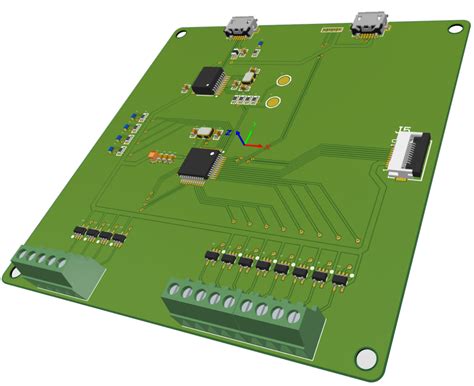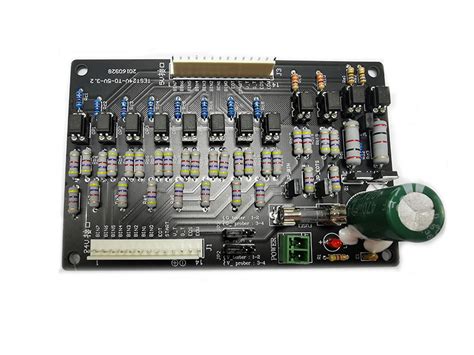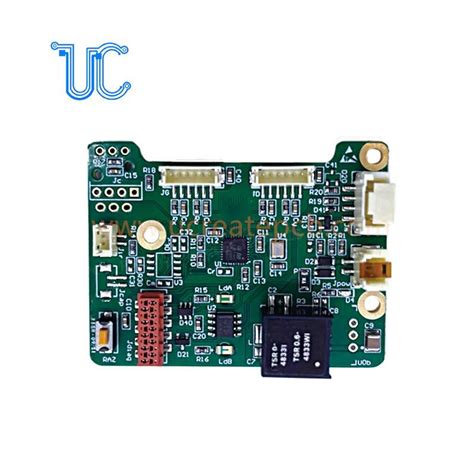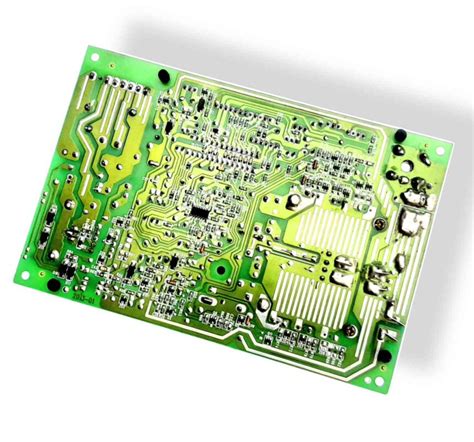Current status and development of FPC industry in 2023
FPC is flexible PCB, or soft board for short. It is a flexible PCB made of polyimide or polyester film as the base material. Compared with traditional PCB hard boards, it has high production efficiency, high wiring density, light weight, thin thickness, foldable and bendable, It has significant advantages such as three-dimensional wiring, which is more in line with the requirements of the downstream electronics industry for intelligence, portability, and thinness.
It can be widely used in aerospace, military, mobile communications, notebook computers, computer peripherals, PDAs, digital cameras and other fields or products. It is the fastest growing category among various product segments in the PCB industry in recent years.

The main raw materials in the upstream of the FPC industry chain include flexible copper clad laminates (FCCL), covering films, components, shielding films, tapes, steel sheets, electroplating additives, and dry films. Among them, the common FCCL sheet films include polyimide. Amine film (PI), polyester (PET), polyethylene naphthalate (PEN), liquid crystal display polymer (LCP) and other polymer material plastic films; the midstream is FPC manufacturing; the downstream is for various applications , including display/touch modules, fingerprint recognition modules, camera modules, etc., with final applications including consumer electronics, communication equipment, automotive electronics, industrial control and medical care, aerospace and other fields.
The global FPC market size will be US$20.4 billion in 2022, and is expected to reach US$28.7 billion in 2025, with an average annual compound growth rate of 12.06%. From the perspective of the competitive landscape, the top three FPC manufacturers in the world in 2022 are Pengding, Qisheng and Sumitomo, accounting for a total of 60.5% of the FPC market, indicating a high degree of market concentration.

In recent years, as the upgrading of downstream terminal products has accelerated and brand concentration has increased, higher requirements have been placed on FPC manufacturers’ mass production capabilities and technology research and development capabilities. Leading FPC manufacturers rely on their existing technology and scale advantages to Actively carry out technology research and development and production capacity expansion to achieve a new round of expansion in revenue scale. By erecting higher industry barriers, we have consolidated our dominant position in competition and further increased industry market concentration.
Capital and customer channels constitute the entry threshold for the FPC industry
As the FPC industry forms an oligopoly competition pattern, the capital and customer access thresholds for new FPC companies are rising. In terms of capital access thresholds, the FPC industry is a capital-intensive industry, and its initial investment and ongoing operations require high financial strength. Currently, building a new PCB production line with an annual production capacity of more than one million square meters requires at least an investment of hundreds of millions of yuan; At the same time, in order to maintain the continued competitiveness of products, manufacturers must continue to upgrade production equipment and processes, and maintain high R&D investment to keep up with the pace of industry changes; in addition, FPC manufacturers also need to improve the production of downstream customers.
Build factories in concentrated areas to maintain rapid supply and delivery capabilities. From the perspective of customer access thresholds, when electronic product manufacturers choose FPC suppliers, they generally need to go through a long-term strict certification assessment of 1 to 3 quarters. On the basis of forming a cooperative relationship, both parties also gradually increase orders and supply. Cooperate in a quantitative manner. In addition, once a long-term and stable cooperative relationship is formed, new FPC suppliers will not be easily used, thus forming a high barrier to customer recognition.

Technological evolution creates competitive advantage
As downstream consumer electronics products continue to undergo technological upgrades and develop toward lighter, thinner, and smarter products, FPC manufacturers need to continuously make technological improvements and breakthroughs to adapt to the development of downstream needs. Currently, leading manufacturers in the industry are constantly conducting technology research and development to gain competitive advantages over other manufacturers. Take Pengding Holdings, a leading FPC manufacturer, as an example. Pengding Holdings was established in April 1999 and listed on the Shenzhen Stock Exchange in September 2018.
The company is mainly engaged in the design, R&D, manufacturing and sales of various types of PCBs. Since its establishment, the company has continuously carried out technological upgrades to enhance its competitive advantage. Currently, the minimum aperture/minimum line width of its PCB products can reach 0.025mm/0.025mm, and even higher SLP, the next-generation PCB product required by high-end manufacturing processes, also has mass production capabilities. It has also made in-depth layouts in research and development directions such as high density, thinness, high frequency and high speed, and high-order arbitrary layers.
After long-term development, its technology has gradually reached to the leading level in the industry, establishing its dominant position as a leading manufacturer. According to Prismark’s ranking of global PCB companies based on revenue from 2018 to 2022, Pengding Holdings has ranked as the world’s largest PCB manufacturer for five consecutive years from 2017 to 2021.
Judging from the R&D investment situation, Pengding Holdings’ R&D investment increased from 1.022 billion yuan to 1.572 billion yuan from 2017 to 2021, and the proportion of R&D investment in operating income remained above 4%. The number of R&D personnel in 2021 will be 5,170, accounting for 13% of the total number of employees. In 2021, breakthroughs will be made in research and development results in ultra-long special-shaped interconnection technology, industrialization of 5G millimeter wave simulation test technology, and development of high-life and high-density dynamic bending technology. The cumulative number of patents of Pengding Holdings has increased from 544 in 2017 to 896 in 2021, including 403 in mainland China, 334 in Taiwan, and 159 in the United States, 91% of which are invention patents. Manufacturers in the industry, led by Pengding Holdings, continue to increase investment in research and development to consolidate their competitive advantages.






